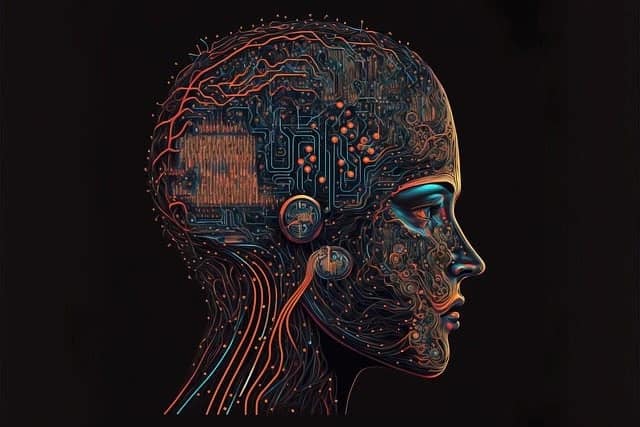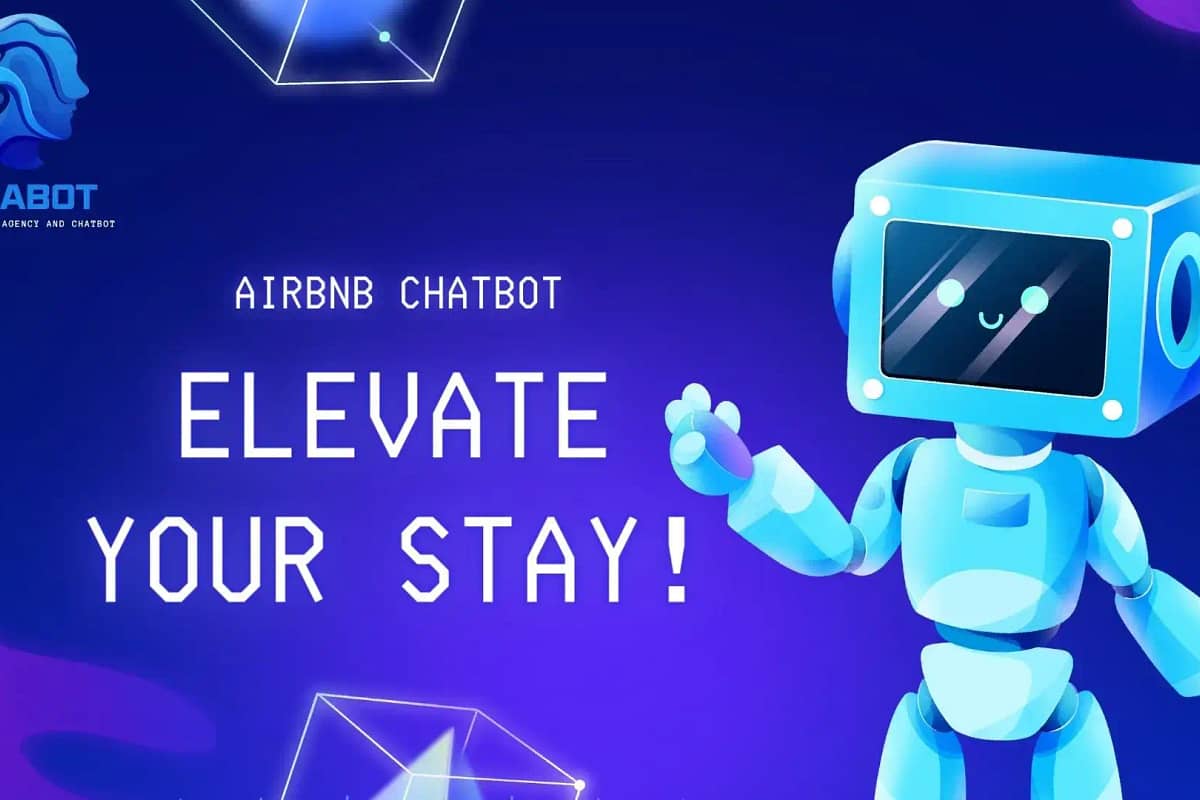
Key Takeaways
- AI proposals utilize cutting-edge AI technology to enhance efficiency, precision, and customization in business proposal writing for various industries.
- Win AI proposals need data, analytics and design to really back you up and wow your clients.
- Automating your proposals with AI decreases manual labor, reduces error, and allows you to spin up proposals much faster.
- Adopting AI tools should be consistent with business objectives, include extensive employee education, and maintain continuous human supervision for relevance and data safety.
- An investment in AI proposal solutions can provide long-term value, with quantifiable improvements in proposal precision, win rates, and ROI.
- Cooperation of AI tools and human experience is still required to design clever, original, and client-centered proposals.
An ai proposal details how AI can assist a task or overcome a challenge. Most proposals discuss project objectives, the AI tools or models you intend to use, and the necessary steps.
Businesses and research groups submit these proposals to request funding or obtain project approval. To find out what makes a strong AI proposal, and how to write one, read on to the next sections.
What is an AI Proposal?

It seeks to assist groups or companies in compiling quality proposals or replies, typically to customers or collaborators. These tools leverage machine learning to analyze large volumes of data, identify patterns, and extract key information from sources such as RFPs — like scope of work, location, budget, or required skills. This speeds everything up and can reduce manual labor.
AI proposals assist by accelerating tasks such as summarization, cover letter creation, or the construction of draft content. The software can review previous proposals, identify what is effective, and generate new ones that align with a client’s requirements, enhancing the overall proposal writing process.
For instance, a business responding to an RFP for a new housing project can employ AI to sift through specifications, identify matching previous cases, and generate a fresh bid. This can save hours, possibly even days, relative to doing it all by hand, significantly improving the proposal development timeline.
Personalizing proposals is another area where AI shines. AI can customize the language or piece of a proposal based on the target client’s business, market, or previous work. This makes every proposal seem more pertinent and more likely to succeed, catering to the specific needs of potential clients.
For instance, a digital marketing agency can use AI to replace industry jargon and case studies to tailor a healthcare client versus a retail client, ensuring that the proposal templates resonate with the audience.
AI proposals can provide a business an advantage. They assist teams respond to more bids, work quicker, and error less. Still, not everything is rosy. AI can neglect the nuance and personality that human writers add.
There are worries about plagiarism, authorship, and the necessity for a human to review and refine the final piece. Today, just 34% of proposal teams have experimented with AI, but that figure will probably increase as the capabilities improve, ultimately transforming the proposal workflows in organizations.
The Core Components
Your core components are the backbone of your strong AI proposal. These pieces back up the argument for AI in business, ensure concepts are transparent, and assist groups execute. The core components concentrate on data accuracy, intelligent design, and a strategy for efficient collaboration.
Here are the most important pieces:
- Clear problem statement
- Practical AI-driven solution
- Expected outcomes
- Suitable technology
- Integration steps
- Risk management
1. The Problem
Most teams consider proposal writing tedious and difficult to manage. Manual labor usually equates to lots of little mistakes and inconsistent formatting, which annoys customers. A lot of teams can’t cooperate, so pieces of the suggestion might overlap or miss the mark.
These shared problems make it hard to provide robust, consistent suggestions.
2. The Solution
It wouldn’t write the proposal, but AI tools accelerate proposal writing by taking care of steps like data checks, layout, and even an initial content draft. With automation, teams waste less time on busywork, so they can zoom in on the ideas and client needs.
Most AI software employs machine learning in a similar way — learning from past proposals, so each new one is more refined and focused. These tools help teams match each client’s tone and style, which helps win trust.
3. The Outcomes
AI-powered proposals lead to mistake-free, more focused messages. AI can assist teams identify patterns and make data-driven decisions, not just blind assumptions. That translates into more victories and more satisfied customers.
Teams become more adept at utilizing reports and feedback to inform decisions and refine subsequent proposals.
4. The Technology
AI agents utilize abilities such as sense, learn, reason, act, and converse. They consume data, learn from it, and contribute to decisions that count, enhancing proposal workflows and improving the overall proposal quality for teams.
5. The Integration
Introduce AI tools incrementally. See if they align with existing work habits and objectives. Train employees and maintain support close by so teams can utilize new technology effectively.
Good fit and simple use result in better proposals with less frustration.
6. The Risks
AI can overlook information or spill details if handled improperly, so it’s essential to choose proposal writing tools with robust safety policies. This reduces risk and ensures quality proposals.
Building the Financial Case
When proposing AI tools, it’s crucial to demonstrate obvious value, tangible savings, and excellent business alignment. A strong business proposal often starts by partnering with the CFO from the outset to ensure all objections are addressed upfront. Most finance teams are already headed in this direction, with 58% now using AI to inform decisions.
When making the case, it helps to utilize simple, concrete strategies: ROI isn’t just about time-saving; it’s about a smarter use of people, improved proposal win rates, and fewer errors. For instance, when AI assists in the proposal writing process, it can detect mistakes, recommend alternative pricing, and pull in the appropriate data.
- Share some proofs of concept that demonstrate how AI brings value.
- Decompose costs, such as legal checks and system updates for compliance.
- Display time saved by shifting manual work over to AI, e.g. reducing a 15-minute task to a couple of seconds.
- Instead, tally up how AI enables individuals to concentrate on higher-valued tasks.
- Map out training or hiring new AI talent.
- Build financial case, with ROI models demonstrating 3.5 to 10x return in companies with generative AI.
ROI isn’t just time saving. It’s smarter use of people, improved proposal win rates and less errors. For instance, when AI assists in writing proposals, it can detect mistakes, recommend alternative pricing, and draw in the appropriate data.
That translates to more accurate proposals, more success and fewer lost bids. In senses like this, precision accumulates in both revenue and costs saved.
When teams report these outcomes, it’s much simpler to demonstrate the long-term return and build a more compelling investment case for potential clients.
By integrating AI into proposal workflows, companies can enhance their overall proposal quality and streamline their proposal development process effectively.
The Human Element

AI tools can speed up the proposal writing process, but the human role remains crucial. Humans detect patterns and transform them into value that meets the genuine needs of potential clients. This task is challenging for AI, which excels at categorizing information and making minor adjustments. The big, creative step—discovering new problems and innovative solutions—still originates from humans.
Soft skills, such as storytelling, determine how ideas come across to others. These talents distinguish a strong business proposal from a check-the-boxes one. Together, AI and humans can create compelling proposals. AI handles the heavy data work, while humans add the magic that elevates a proposal’s effectiveness.
For actual progress, teams need both technology and collaboration. Humans and AI shouldn’t work in silos; instead, blending concepts and collaborating on proposal workflows yields more well-rounded and powerful suggestions.
- AI can accelerate research and copy drafting, but humans craft the message.
- People link the proposal to true needs and values.
- AI can identify patterns, but it’s people who transform insights into actionable directives.
- Soft skills such as empathy and storytelling assist in reaching readers.
- Teams mixing AI and humans observe increased output.
A culture that prizes innovation aids these endeavors. Having rooms where folks discuss what works, like roundtable talks or weekly team check-ins, brings more trust and better ideas. Change is difficult, and tech change is even more difficult.
You have to put people first. That is, scheduling that makes sense for them. More often than not, the hardest part is not the tech but the human side—how people feel, respond, and collaborate with change.
Using AI Proposal Generation
Ai proposal generators can assist teams in crafting concise and speedy proposals with reduced manual effort. These generators examine historical data and identify trends to generate drafts, minimizing work on tasks such as data mining and formatting. Teams can use AI to parse RFPs for key words—scope, location, budget, or skills—so they know which bids to concentrate on and which to pass on.
To use AI proposal generators well in business, a defined strategy assists. A checklist for teams includes:
- Select an AI tool that matches your needs and budget.
- Configure the tool and import your previous proposals or templates.
- Leverage the tool to scan RFPs and keyword sort.
- Let AI draft the first version of your proposal.
- Scan, personalize, debug each client.
- Use AI proofreading to check for clear, simple language.
- Double-check for plagiarism or reused content.
- Share with others for feedback before sending.
Tailoring proposals is critical. AI can provide a great kickstart, but every client is different. Teams can add information about the client’s objectives, regional regulations and unique demands. AI isn’t going to nail it on the first pass, so time for edits counts.
When choosing an AI proposal tool, consider what it offers. Some tools include proofreading that identifies tough words or errors. Others handle different file formats or provide real-time collaboration.
Check that the tool can identify and trim duplicate content, since AI has a tendency to babble. Price, security of your data, and support for your language or industry are also important factors to consider.
AI’s application to proposals is an emerging space as well. It assists with mundane work, but intelligent curation and fact-checks by humans are required. More teams in the future will be using AI, altering their work in the same ways that the internet changed daily jobs.
Beyond the Document
AI in the proposal world is pushing beyond the document. Teams can now leverage AI to create dynamic proposals that incorporate features such as videos, interactive charts, or live demos within the proposal. A client in Tokyo can view a product in use or conduct ‘what if’ pricing checks – all from the identical document. This sort of hands-on configuration can assist potential clients in visualizing the benefit, not just reading about it.
AI can help teams monitor how well a proposal performs by tracking who opens what sections, how long they spend on each, and even if a highlight is missed. This information assists proposal professionals in observing what captures attention and what falls by the wayside, ultimately improving the overall proposal quality.
For instance, a health care provider may discover that buyers invariably skip the technical specifications but focus on cost breakdowns. With this insight, teams can adjust their pitch, placing the right information upfront next time to enhance their proposal writing process.
Feedback is another area where AI assists. Rather than waiting for a client to respond, AI tools could deploy short polls or detect patterns in comments. If a lot of clients tell us a section is confusing, we can address it quickly.
AI can even pluck feedback from emails or chat and summarize it in a report. In-progress proposal work receives a lift. AI can help keep old proposals fresh too by flagging out-of-date stats or legal terms.
It can recommend fast edits or even generate a new draft by mining high-converting previous work. An e-commerce team, for instance, can deploy AI to identify which proposals close the most deals and replicate their best sections, enhancing their overall proposal development process.
Conclusion
Transform how your teams plan, work, and grow with AI proposals. Simple tools speed writing and keep ideas focused. Statistics and data demonstrate actual worth. Human touch keeps all of this honest and fair. Cool AI tools assist teams in exchanging ideas and strategizing next actions. For instance, squads employ intelligent chatbots to crank out rapid-fire proposals or apply data tools to support assertions. The future’s bright for the tech teamer. To stay ahead, explore new tools, discuss with your team, and identify opportunities to implement AI in your workday. Sample a small AI tool, solicit feedback, see if it fits your flow. Each step assists you to extract more from your work.
Frequently Asked Questions
What is an AI proposal?
An AI proposal is a formal document suggesting how artificial intelligence can enhance proposal workflows or solve a problem. It details goals, techniques, expenses, and anticipated rewards.
What are the core components of an AI proposal?
Its key components are the problem, solution, technical approach, financial analysis, timeline, and results. Make each section crisp.
How do you build a financial case for an AI proposal?
Emphasize possible cost savings and efficiency gains in your business proposal, using data and incisive analysis to demonstrate the ROI of AI deployment.
Why is the human element important in AI proposals?
Tackling the human factor in the proposal writing process ensures that user requirements, change management, and ethical issues are taken into account, building trust and acceptance of the AI solution.
What are the benefits of using AI proposal generation tools?
AI proposal generation tools streamline the proposal writing process, saving you time and reducing human error, while enabling you to create customized, data-driven proposals that meet specific client needs.
How does an AI proposal go beyond just the document?
It’s an AI proposal that fuels strategy and enhances proposal workflows, enabling effective stakeholder engagement and long-term planning to align teams on goals.
Who can benefit from AI proposals?
Whether you are a small startup or a large enterprise in any industry looking to adopt AI for your proposal writing process, you will benefit. AI proposals make value explicit, steer decisions, and rally stakeholders.






